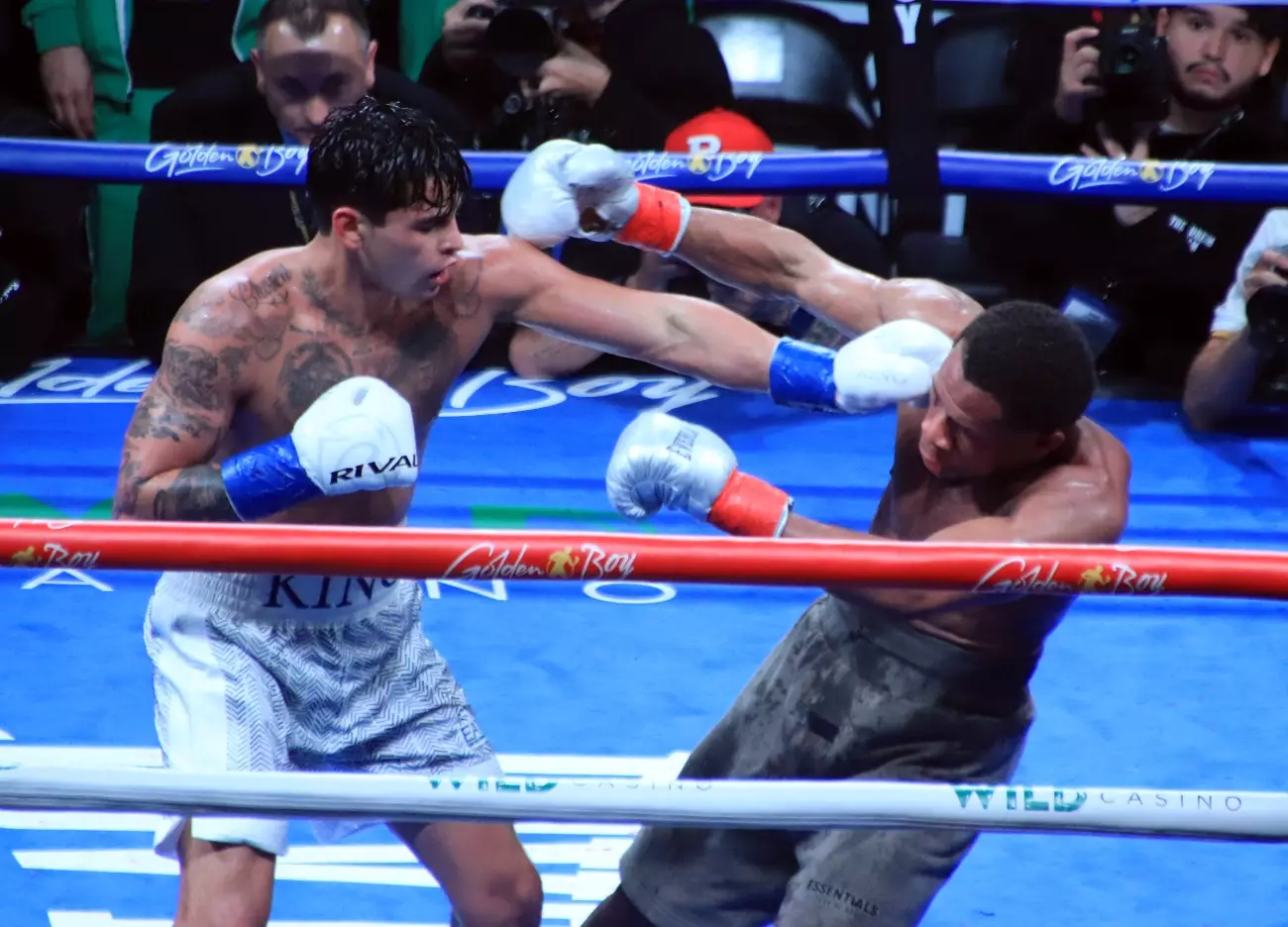By BoxingHit Staff-
When it comes to boxing, ranking fighters and declaring the best among them is a contentious issue fraught with personal biases, historical context, and sometimes, sheer opinion. The latest pound-for-pound rankings released by Ring Magazine—often hailed as “The Bible of Boxing”—have ignited discussions among fans and analysts alike. With their recent top 10 listing, they have stirred varying opinions based on preferences, fight history, and the fighters’ recent performances.
At the pinnacle of these rankings stands Oleksandr Usyk, the heavyweight champion renowned for his exceptional skill and tactical proficiency. Usyk’s ability to unify titles and dominate opponents has solidified his position, but not without contention. While most boxing aficionados can rally behind Usyk’s status, others advocate for fighters like Terence Crawford or Naoya Inoue to take the crown in the mythical pound-for-pound debate. Both Crawford, with his impeccable boxing IQ at super welterweight, and Inoue, known for his stepping up through weights and slashing style at super bantamweight, have their own loyal followings that challenge Usyk’s supremacy.
The striking aspect of Ring Magazine’s new rankings is the consensus on the top three fighters, featuring Usyk, Inoue, and Crawford. This trio represents the pinnacle of skill across various classes, highlighting that the debate is not as binary as simply picking one fighter. Each athlete brings a unique skill set and fight strategy, showcasing the depth and diversity present in modern boxing. Furthermore, this harmony in the top three can stimulate engaging debates among fans regarding not only their rankings but also their legacy in an evolving sport.
While the rankings may provoke debate, the case of Devin Haney, who found himself listed among the top 10, raises eyebrows. Recently embroiled in controversy after a no-contest ruling against Ryan Garcia following a failed drug test, many question whether such a result can justify a top ranking. This brings to the forefront an important factor in these rankings: the morality of the sport and the implications of a fighter’s conduct outside the ring. Fans may ponder whether recent controversies should sway such rankings or if historical performance should hold the most weight.
Ultimately, boxing rankings are a reflection not just of talent, but of complex narratives surrounding each fighter. They highlight the subjective nature of the sport that either resonates with or frustrates its observers. As such, while Ring Magazine presents a well-thought-out list, it can never expect universal agreement. Instead, it stirs conversation, engagement, and sometimes discord among enthusiasts. As the sport moves forward, these rankings will remain a barometer of public sentiment, urging boxing fans to weigh in—whether they agree, disagree, or propose alterations to this contentious hierarchy. The landscape of boxing is ever-changing, and so too will the narratives around its best fighters.


Leave a Reply